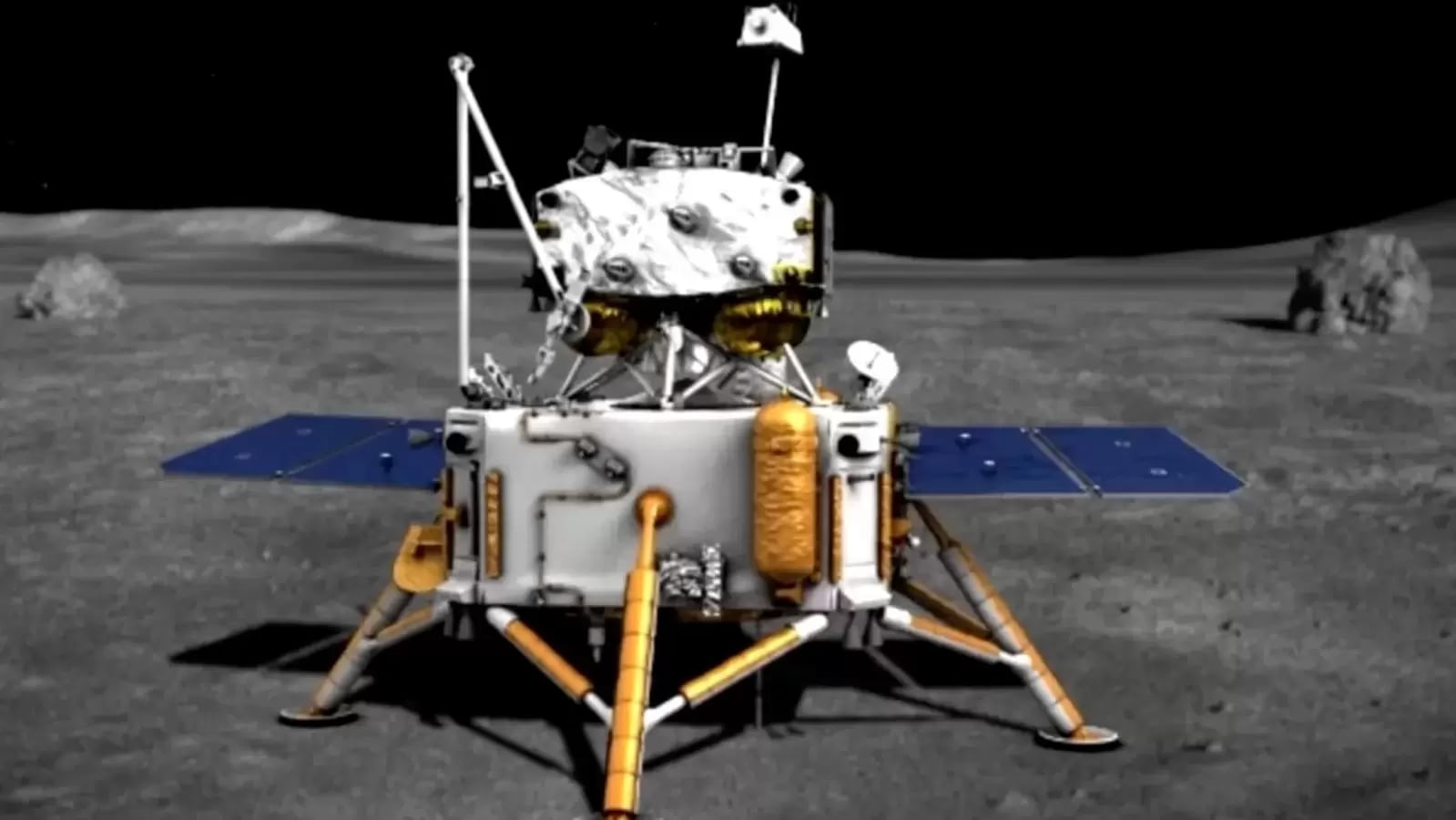
China’s Chang'E-5 lander has confirmed the evidence of native water on the Moon. Here’s more about it.
In an amazing series of events, China’s Chang'E-5 lunar lander has confirmed the evidence of native water on the Moon. The result was confirmed through spectral analysis of samples taken from various places on the Moon.
The lunar samples were taken from Oceanus Procellarum on the Moon. During the mission, the on-board scientists conducted a spectral analysis of the collected samples which provided the first confirmation of presence of water on the Moon, back in 2020. The lander returned to Earth in 2021 and a thorough lab analysis was conducted which re-confirmed the results of the spectral analysis.
Now, in an amazing development, the same team of scientists have confirmed that the water collected from samples was native to the Moon, meaning it originated on the Moon itself.
In a statement given to the press, LI Chunlai, of the National Astronomical Observatories of the Chinese Academy of Sciences said, “For the first time in the world, the results of laboratory analysis of lunar return samples and spectral data from in-situ lunar surface surveys were used jointly to examine the presence, form and amount of ‘water’ in lunar samples. The results accurately answer the question of the distribution characteristics and source of water in the Chang’E-5 landing zone and provide a ground truth for the interpretation and estimation of water signals in remote sensing survey data.”
The research was published on the Nature Communications website in an article named “Evidence of water on the lunar surface from Chang’E-5 in-situ spectra and returned samples”.
Although there are no rivers or lakes present on the Moon, the evidence of native water was found in lunar rocks and soil in the form of hydroxyl, which is one of the main constituents of water.
LI Chunlai said, “This excess hydroxyl is indigenous, demonstrating the presence of lunar-originated internal water in the Chang’E-5 lunar samples, and that water played an important role in the formation and crystallization of the late lunar basaltic magma.”
China is planning further missions to continue researching the presence of water on the Moon.
https://news.google.com/__i/rss/rd/articles/CBMibWh0dHBzOi8vdGVjaC5oaW5kdXN0YW50aW1lcy5jb20vdGVjaC9uZXdzL3dhdGVyLW9uLW1vb24tZm91bmQtYnktY2hpbmEtcy1jaGFuZy1lLTUtbGFuZGVyLTcxNjU1MzU5ODcwNDE2Lmh0bWzSAQA?oc=5
2022-06-16 06:17:42Z
1469620917
Tidak ada komentar:
Posting Komentar